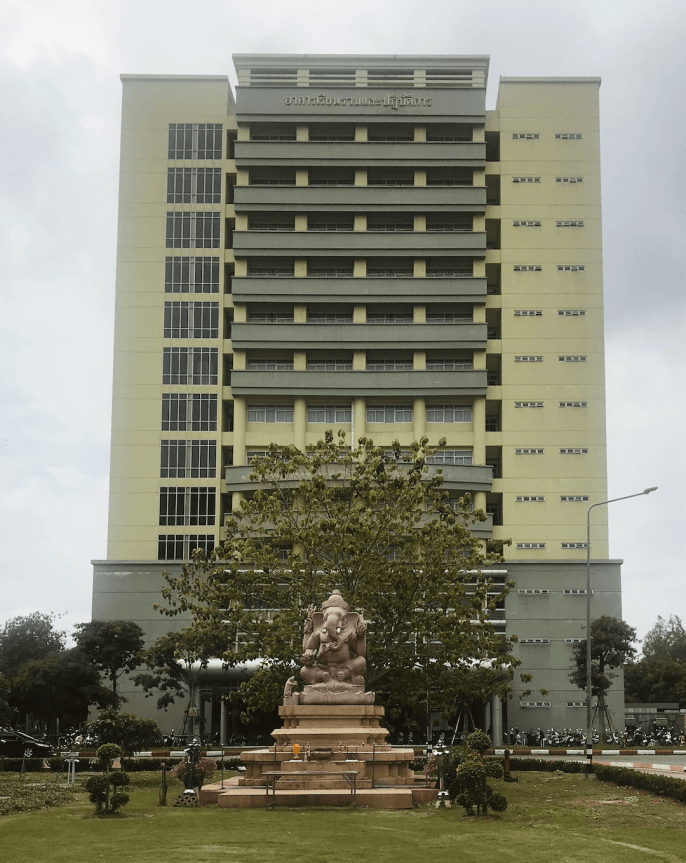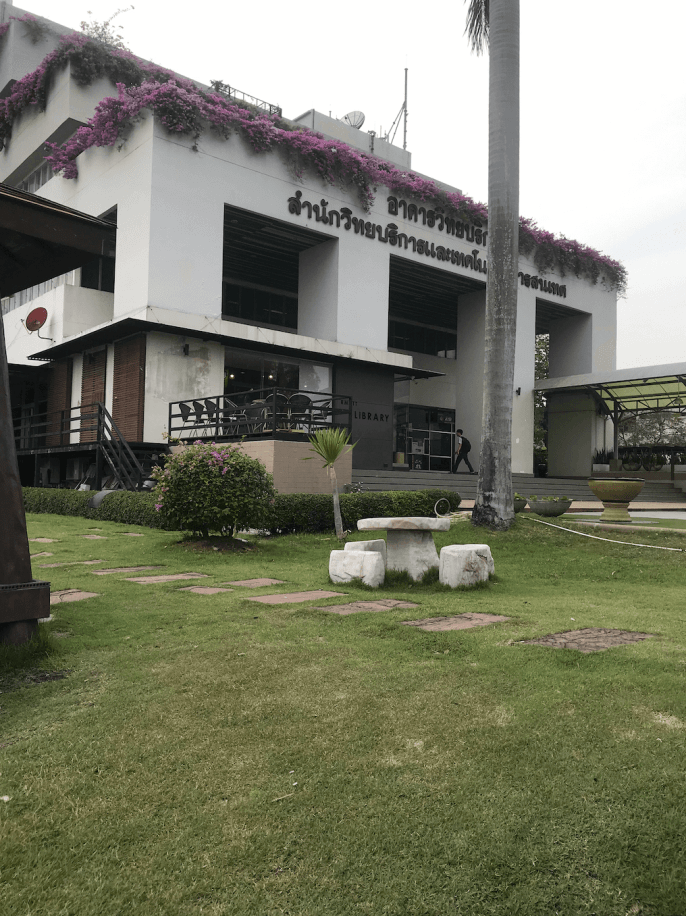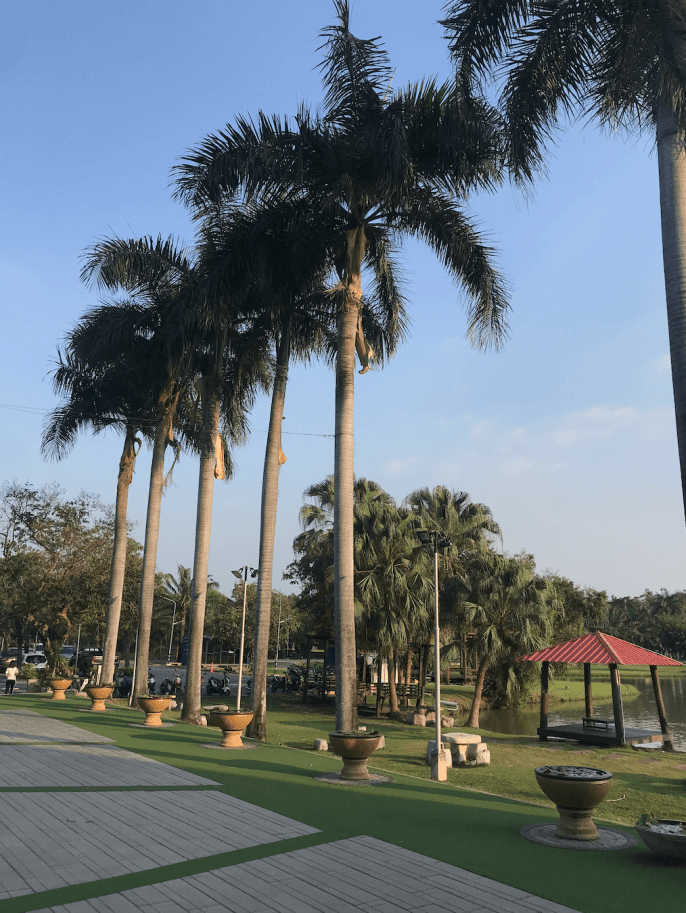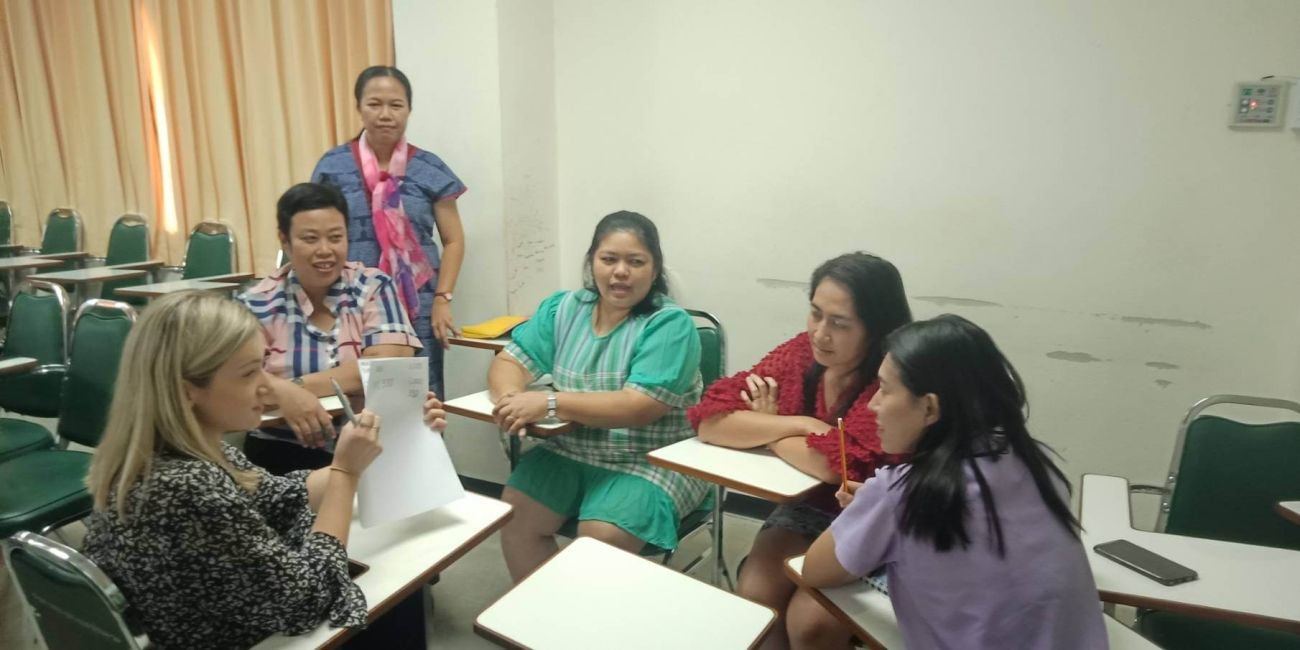Teaching at a Thai University
I’d like to dedicate my first blog to the future educators who will be placed to teach at a university.
Being placed at a university is not as common as placements at primary and secondary schools, but it certainly is possible. When I first opened that “Exciting Placement News” email from CIEE, I was pleasantly surprised. Although I felt extremely happy with my placement, I was slightly intimidated. There were many questions running through my head. How will this be different from teaching at a primary school? Will the students have a higher levels of English comprehension? Will the curriculum be more difficult to teach? There wasn’t much information out there about what teaching at a university will be like. Therefore, let this blog post serve as a basic resource for all of you future lecturers (or any teacher, really).
1) University semesters are different.
Shortly after I moved to my province, the university closed down for its mid-year break. So, while the majority of OEG teachers began teaching almost immediately after orientation, I did not teach my first class until November 25th (a whole month after I arrived in Thailand). Now, this does not mean that I was able to travel around the country with no responsibilities. My experience was quite the opposite, actually. I was still responsible for coming into work every day. I had to sign in during the morning and spend several hours in my office. I was assigned multiple tasks to keep me busy. One of the tasks was lesson planning (of course). My school requested for all of the semester’s lesson planning to be done before my first day of teaching. Thankfully, I have three OEG co-teachers (along with the course textbook and outline) that helped with that. Additionally, all four of us were responsible for holding English training sessions for some of the faculty. My three OEG coworkers and I were assigned to work with specific departments. We introduced them to new English vocabulary and different phrases, all of which could be used in their respective fields.
It is important to keep in mind that each individual experience will be different and every school is unique. After you arrive in Thailand, I can’t stress the amount of times you will hear the words “It depends on your school.” You may or may not receive a textbook for your course. You may or may not have responsibilities outside of teaching. It all varies.
2) University class size is bigger.
I am teaching 8 classes of about 50 students. This is not as overwhelming as it sounds. However, helping approximately 400 students improve their English skills definitely isn't easy. For this reason, my coworkers and I are also in charge of holding additional English teaching sessions outside of the classroom. These sessions are more casual and are called “Speaking Corner” and “Outdoor Activity.” They are held about four times a week. These are used as tools to help the students further develop their English language skills. We play activities and games with the students, have simple conversations with them, etc. The main goal here is to provide our students with a more relaxed environment, where they can feel confident to practice their English.
3) Higher education level does not always correlate with higher English skill.
A student’s age does not determine their capability to communicate in English. In one class, students can be talkative and engaged, expressing themselves in English to the best of their abilities. Meanwhile, students in other classes will be staring at you in silence. So far, each group has been different from the previous. Every class is characterized by its own collective personality. When you walk into a classroom for the first time, you simply never know what to expect.
Related Posts
Unexpected Things I Wish I Knew Before Moving to Thailand: The Ultimate Guide to Living in Thailand
I'm sure you've read enough big-picture descriptions of daily life as an American expat living in Thailand. Now, indulge in some of the quirks and seemingly small idiosyncrasies that define daily life here, based on my personal experience living right outside of Bangkok.

Teaching English Abroad: Thailand vs. Hungary Comparison
Meet Sarah- a CIEE Teach Abroad & TEFL Alum! 😊 Hi, I’m Sarah! I’m originally from New Jersey, but for the last 4 years I have been traveling all over... keep reading
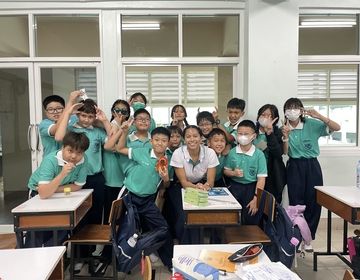
Rewriting My Top 10 Reasons: What a Year in Thailand Taught Me
Revisiting my First Blog Post If you scroll through my blog posts, you will find my first post: Why to Teach English in Thailand: My Top 10 Reasons. For anyone... keep reading
